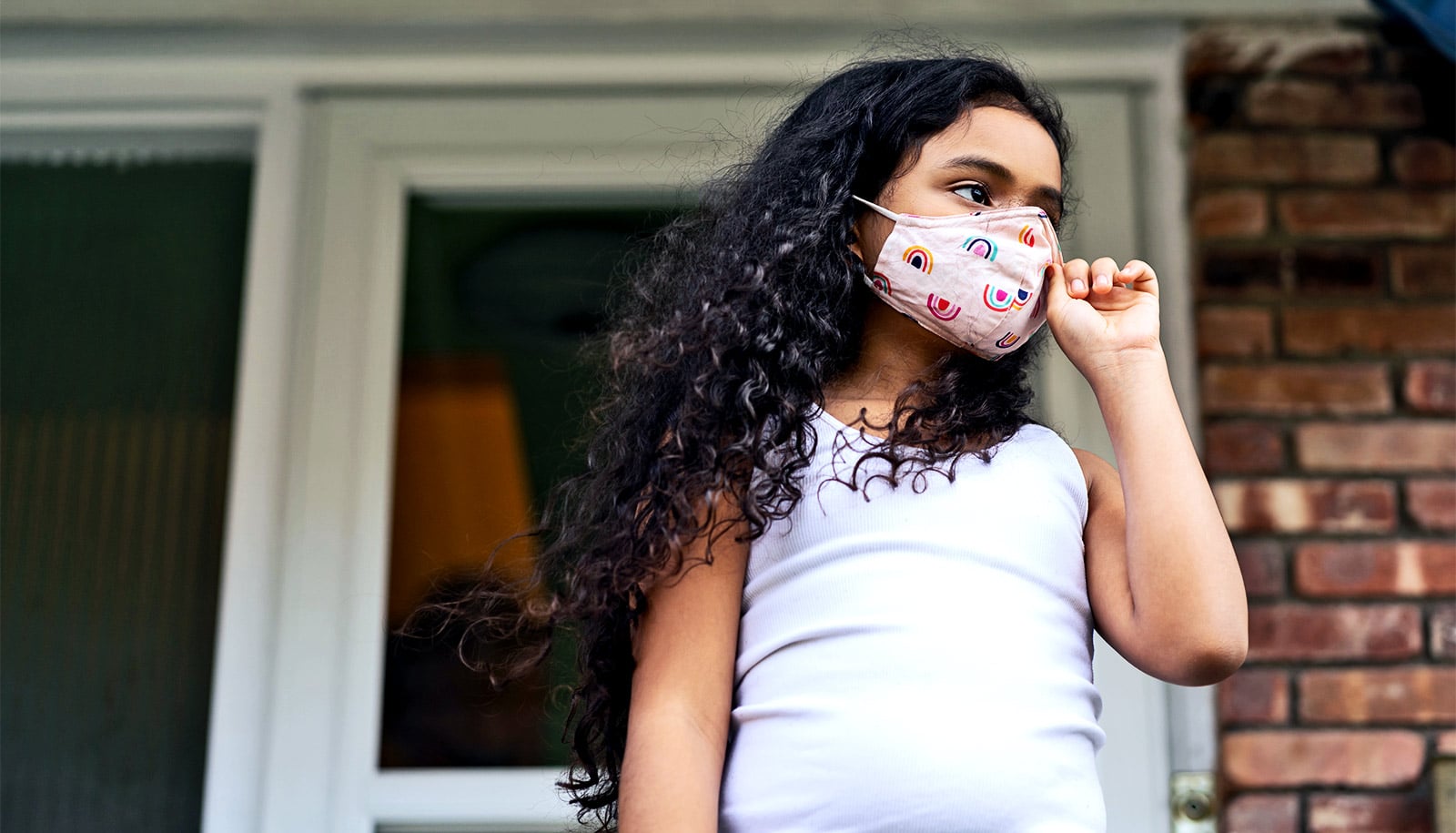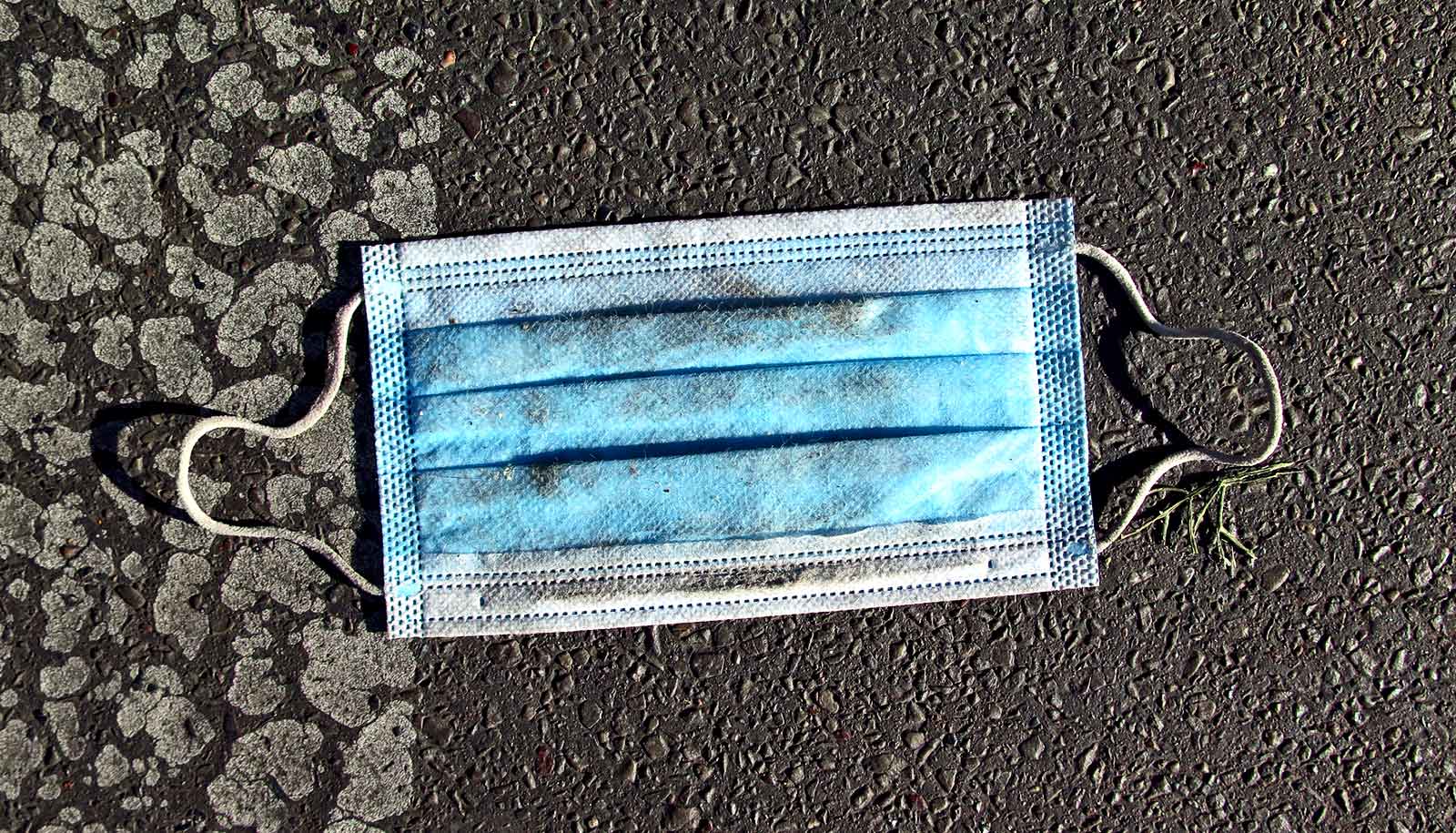Children exposed to air pollution, such as wildfire smoke and car exhaust, for as little as one day may be doomed to higher rates of heart disease and other ailments in adulthood, according to a new Stanford-led study.
The analysis, published in Nature Scientific Reports, is the first of its kind to investigate air pollution’s effects at the single cell level and to simultaneously focus on both the cardiovascular and immune systems in children.
The research confirms previous research that bad air can alter gene regulation in a way that may affect long-term health—a finding that could change the way medical experts and parents think about the air children breathe, and inform clinical interventions for those exposed to chronic elevated air pollution.
“I think this is compelling enough for a pediatrician to say that we have evidence air pollution causes changes in the immune and cardiovascular system associated not only with asthma and respiratory diseases, as has been shown before,” says lead author Mary Prunicki, director of air pollution and health research at Stanford University’s Sean N. Parker Center for Allergy & Asthma Research.
“It looks like even brief air pollution exposure can actually change the regulation and expression of children’s genes and perhaps alter blood pressure, potentially laying the foundation for increased risk of disease later in life.”
The researchers studied a predominantly Hispanic group of children ages 6-8 in Fresno, California, a city beset with some of the country’s highest air pollution levels due to industrial agriculture and wildfires, among other sources. Using a combination of continuous daily pollutant concentrations measured at central air monitoring stations in Fresno, daily concentrations from periodic spatial sampling and meteorological and geophysical data, the study team estimated average air pollution exposures for 1 day, 1 week, and 1, 3, 6, and 12 months prior to each participant visit. When combined with health and demographics questionnaires, blood pressure readings, and blood samples, the data began to paint a troubling picture.
The researchers used a form of mass spectrometry to analyze immune system cells for the first time in a pollution study. The approach allowed for more sensitive measurements of up to 40 cell markers simultaneously, providing a more in-depth analysis of pollution exposure impacts than previously possible.
Among their findings: Exposure to fine particulate known as PM2.5, carbon monoxide, and ozone over time is linked to increased methylation, an alteration of DNA molecules that can change their activity without changing their sequence. This change in gene expression may be passed down to future generations. The researchers also found that air pollution exposure correlates with an increase in monocytes, white blood cells that play a key role in the buildup of plaques in arteries, and could possibly predispose children to heart disease in adulthood. Future studies are needed to verify the long-term implications.
Hispanic children bear an unequal burden of health ailments, especially in California, where they are exposed to higher traffic-related pollution levels than non-Hispanic children. Among Hispanic adults, prevalence for uncontrolled hypertension is greater compared with other races and ethnicities in the US, making it all the more important to determine how air pollution will affect long-term health risks for Hispanic children.
Overall, respiratory diseases are killing more Americans each year, and rank as the second most common cause of deaths globally.
“This is everyone’s problem,” says study senior author Kari Nadeau, director of the Parker Center. “Nearly half of Americans and the vast majority of people around the world live in places with unhealthy air. Understanding and mitigating the impacts could save a lot of lives.”
Additional coauthors are from Stanford; the University of Leuven; the University of California, Berkeley; the University of California, San Francisco; and Sonoma Technology.
Source: Stanford University



